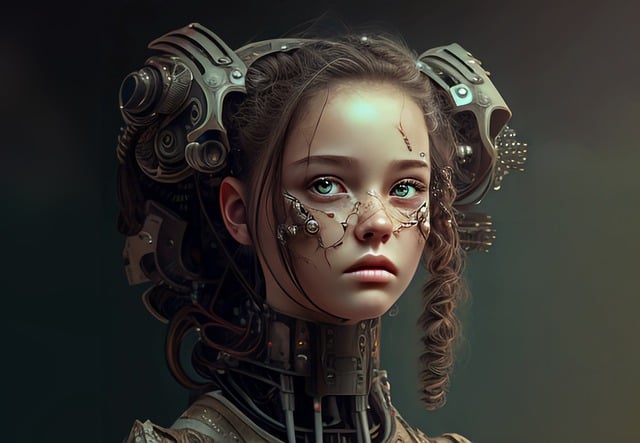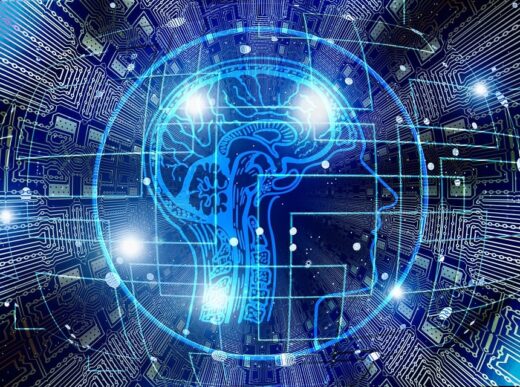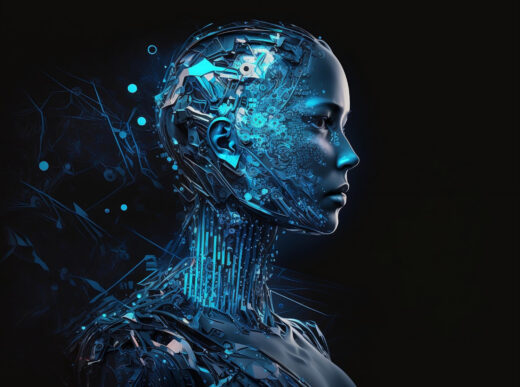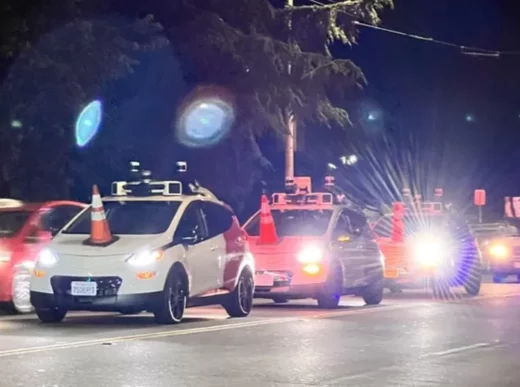Artificial Intelligence (AI) has rapidly emerged as a key technology trend in recent years. AI has the ability to transform various industries and sectors, including healthcare, finance, education, and many others. AI is a broad field that encompasses a range of technologies and techniques, including computer vision, voice recognition, and generative AI. In this article, we will explore the different types of AI and compare them in terms of training models, datasets, and other factors.

Types of AI
There are mainly three types of AI, which are:
Computer Vision AI: Computer vision AI involves the ability of machines to analyze and interpret visual information from the real world, such as images and videos. It is used to recognize and identify objects, people, and other visual elements. Computer vision AI is used in various applications such as autonomous vehicles, medical imaging, and facial recognition.
Voice-related AI: Voice-related AI involves the ability of machines to understand and interpret human speech. This technology is used in various applications such as virtual assistants like Siri and Alexa, speech recognition software, and voice-controlled smart devices.
Generative AI: Generative AI is the ability of machines to create original content. This technology is used in various applications such as art and music creation, text generation, and image synthesis.
Comparing AI Models
Each type of AI has its unique training models and techniques. Let’s compare the different types of AI in terms of their training models and other factors.
Computer Vision AI
Computer vision AI is based on deep learning models that are trained on large datasets of images and videos. These datasets are used to teach the machine learning algorithms to recognize and classify different visual elements. The most popular deep learning models for computer vision are Convolutional Neural Networks (CNNs).
CNNs work by breaking down the input image into smaller pieces, which are then analyzed by multiple layers of interconnected neurons. Each layer of neurons detects different visual features, such as edges, shapes, and patterns. The output of the final layer is used to make a prediction about the content of the image.
To train a CNN model for computer vision, a large dataset of labeled images is required. The most commonly used dataset for computer vision is ImageNet, which contains millions of labeled images of objects and scenes.
In addition to the dataset, other factors that can impact the performance of computer vision AI include the quality of the input images, the complexity of the model architecture, and the size of the training data.
Voice-related AI
Voice-related AI is based on Natural Language Processing (NLP) techniques that are used to analyze and interpret human speech. The most popular NLP models for voice-related AI are Recurrent Neural Networks (RNNs) and Transformer models.
RNNs work by processing sequential input data, such as speech or text, and maintaining an internal state that contains information about the previous inputs. This allows the model to understand the context of the input data and make predictions based on that context.
Transformer models, on the other hand, are based on the attention mechanism, which allows the model to focus on different parts of the input data depending on its relevance to the current prediction.
To train a voice-related AI model, a large dataset of labeled speech or text is required. The most commonly used dataset for voice-related AI is the Common Voice dataset, which contains millions of audio recordings of human speech.
In addition to the dataset, other factors that can impact the performance of voice-related AI include the quality of the audio recordings, the complexity of the model architecture, and the size of the training data.
Generative AI
Generative AI is based on Generative Adversarial Networks (GANs) and Autoencoders. GANs work by training two deep neural networks, a generator network
and a discriminator network, in a game-like framework. The generator network creates new content, such as images or music, while the discriminator network tries to distinguish the generated content from real content.
The two networks are trained in an iterative process, where the generator tries to create more realistic content, while the discriminator tries to become better at identifying fake content. This process continues until the generated content is indistinguishable from real content.
Autoencoders, on the other hand, are used to compress and decompress data. They work by reducing the dimensionality of the input data and then reconstructing the original data from the compressed representation. This technique can be used to generate new data by generating new representations and then using the decoder to reconstruct the data.
To train a generative AI model, a large dataset of labeled data is required. The most commonly used dataset for generative AI is the CelebA dataset, which contains images of celebrities.
In addition to the dataset, other factors that can impact the performance of generative AI include the complexity of the model architecture, the training data size, and the quality of the generated content.

Importance of Datasets
Datasets are a crucial part of training AI models. They provide the machine learning algorithms with the necessary input data to learn and improve their predictions. A good dataset should be large and diverse, containing a variety of different examples that cover the entire range of the problem space.
For computer vision AI, the most commonly used datasets are ImageNet, COCO, and CIFAR. These datasets contain millions of labeled images of different objects and scenes.
For voice-related AI, the most commonly used datasets are Common Voice and LibriSpeech. These datasets contain millions of audio recordings of human speech.
For generative AI, the most commonly used datasets are CelebA, MNIST, and CIFAR. These datasets contain images of celebrities, handwritten digits, and objects, respectively.
Conclusion
AI is a rapidly evolving field with a variety of different technologies and techniques. Computer vision AI, voice-related AI, and generative AI are the most commonly used types of AI, each with its unique training models and techniques. Datasets are a crucial part of training AI models and are used to teach the machine learning algorithms to recognize and classify different visual elements, interpret human speech, and create original content.
In addition to the dataset, other factors that can impact the performance of AI models include the complexity of the model architecture, the quality of the input data, and the size of the training data. As AI continues to advance, it will undoubtedly play an increasingly important role in a variety of industries and sectors, transforming the way we live and work.















